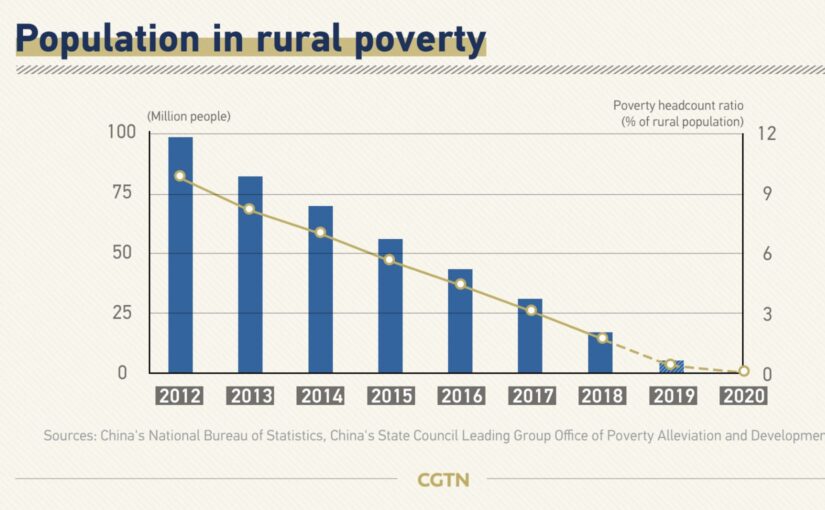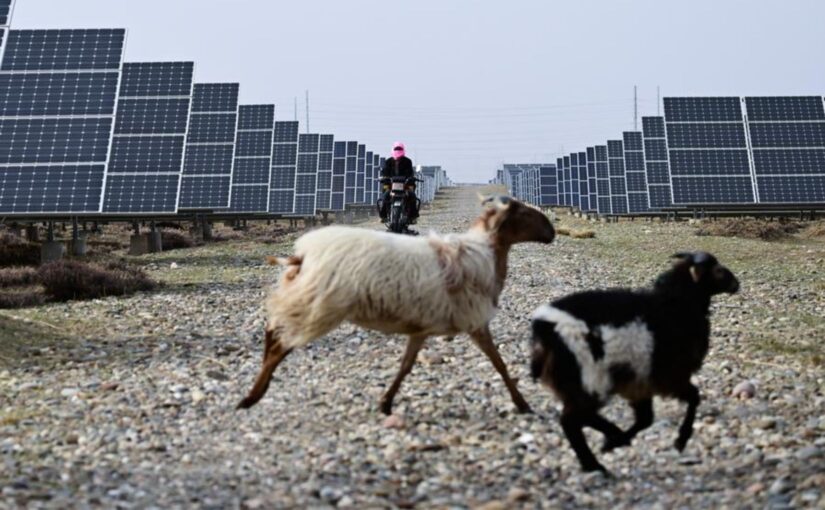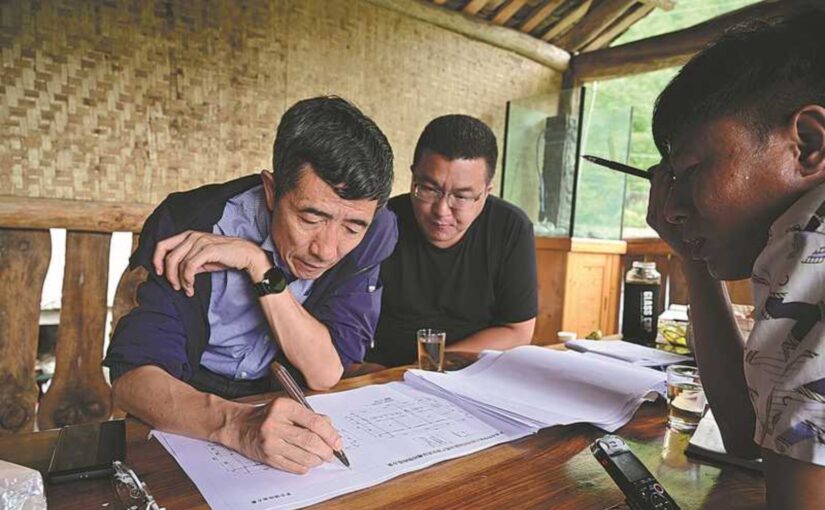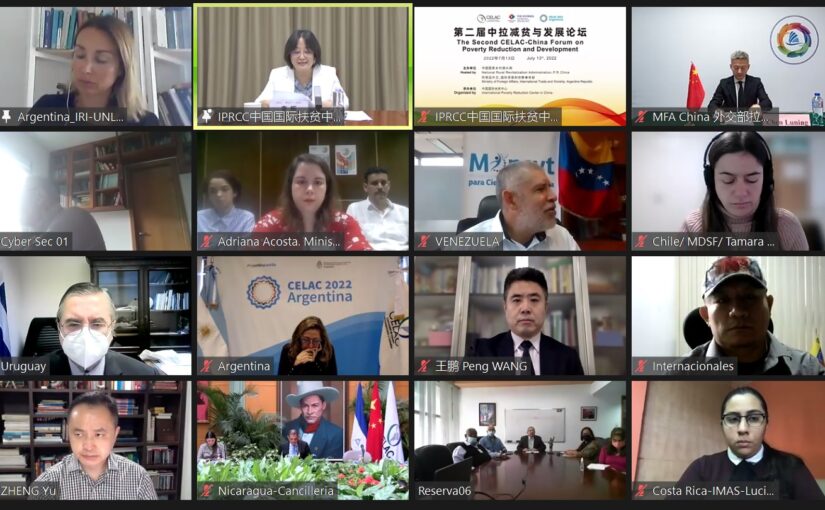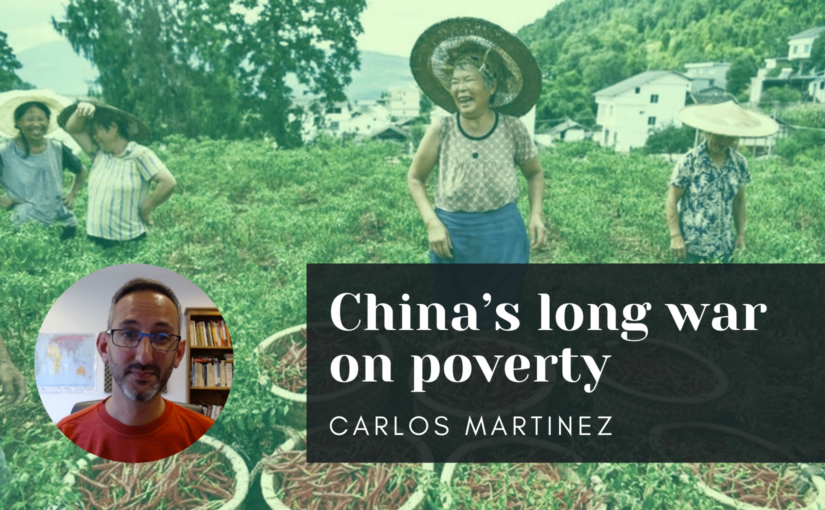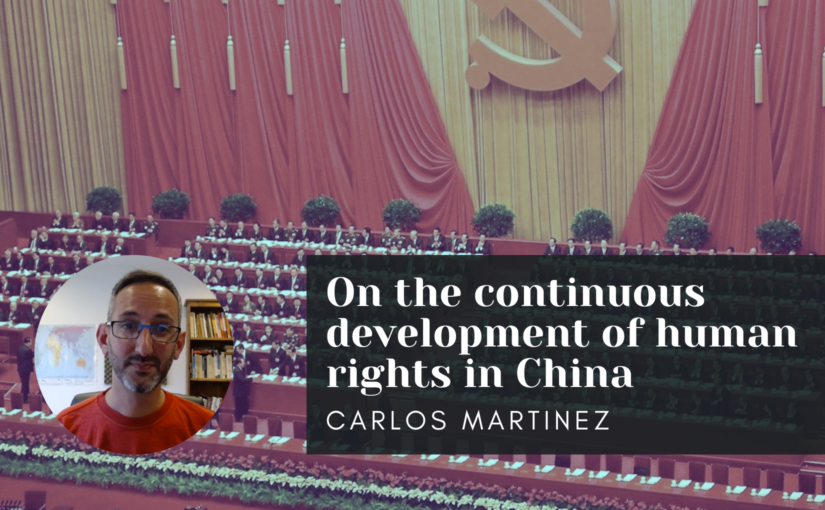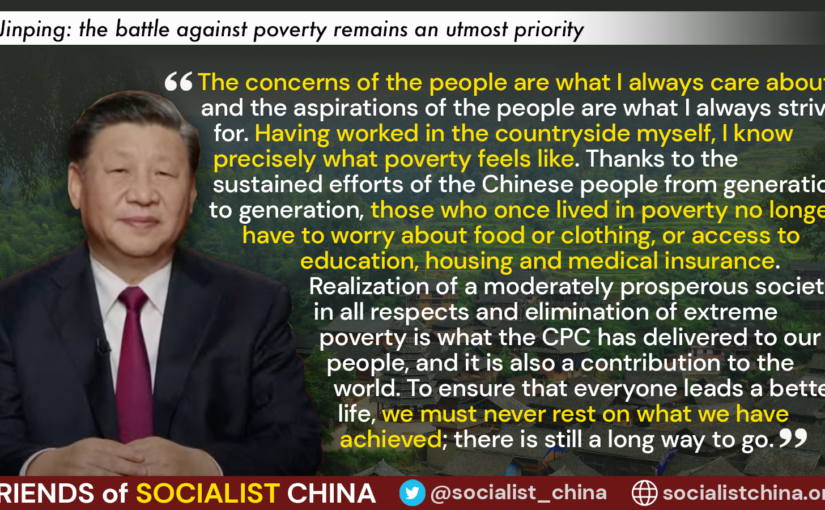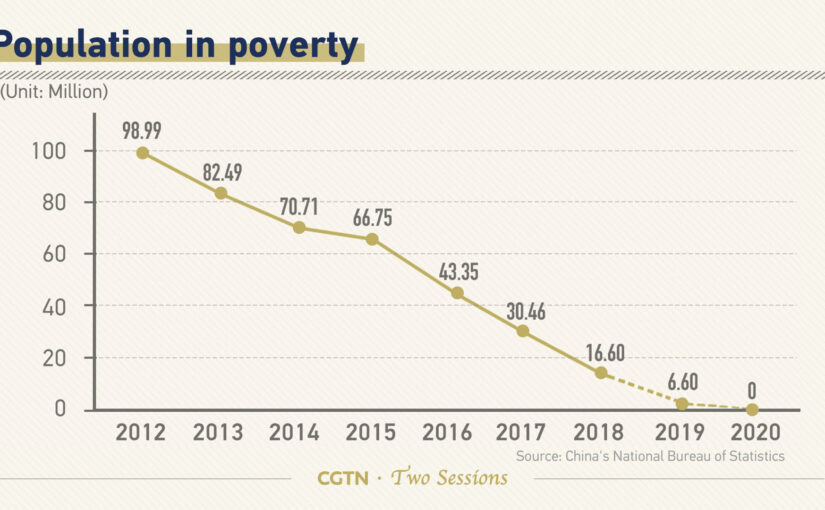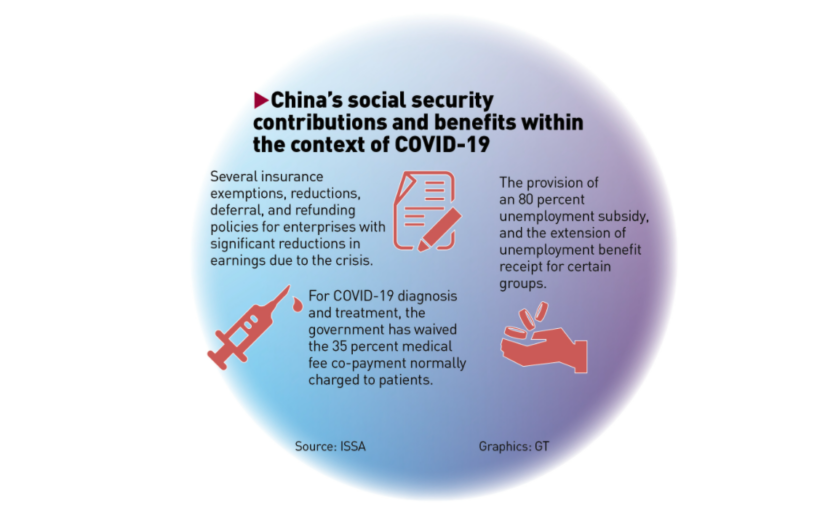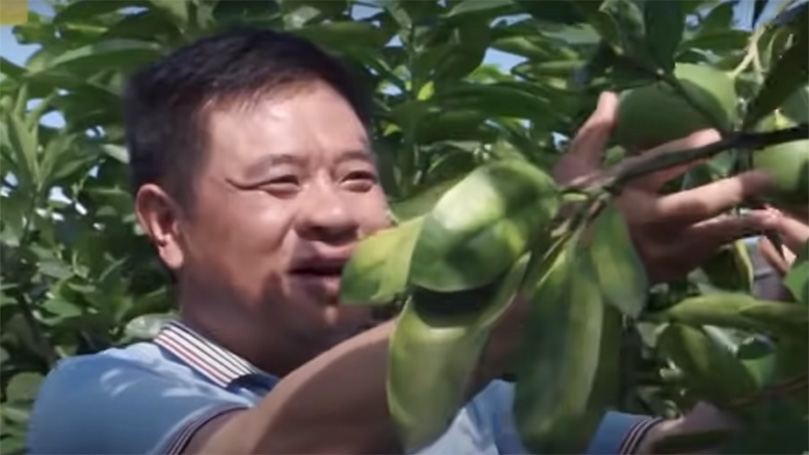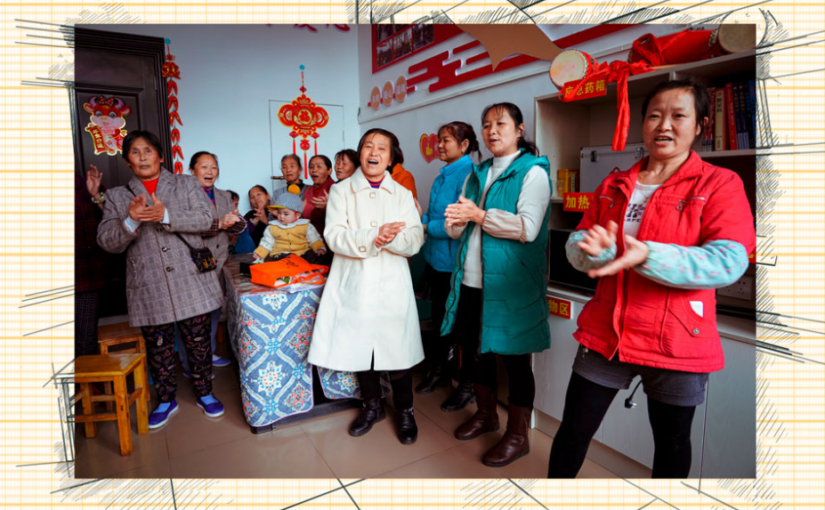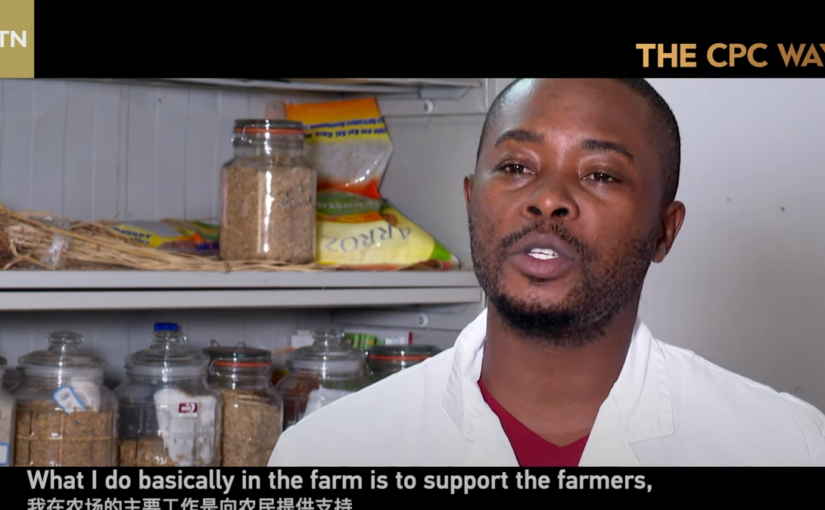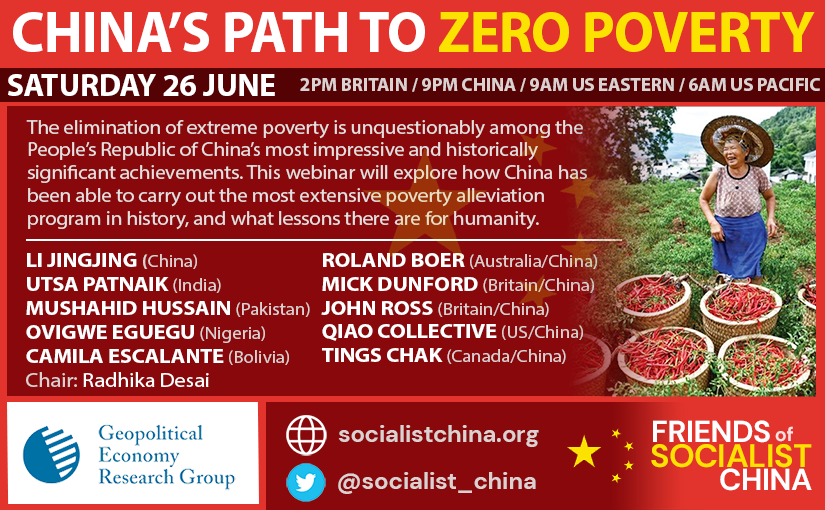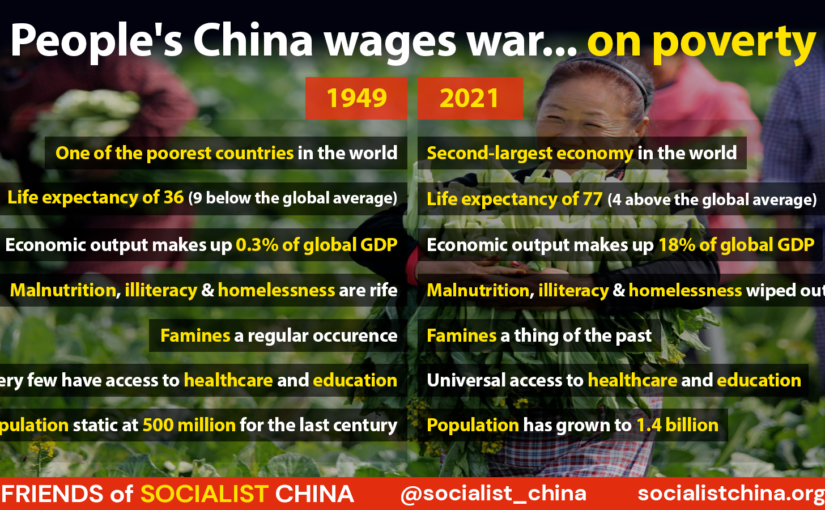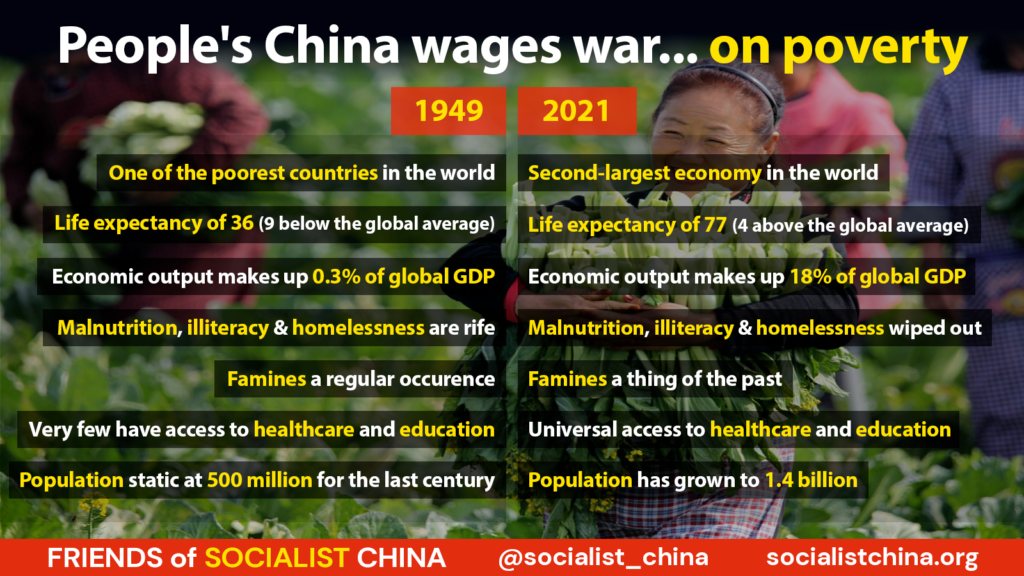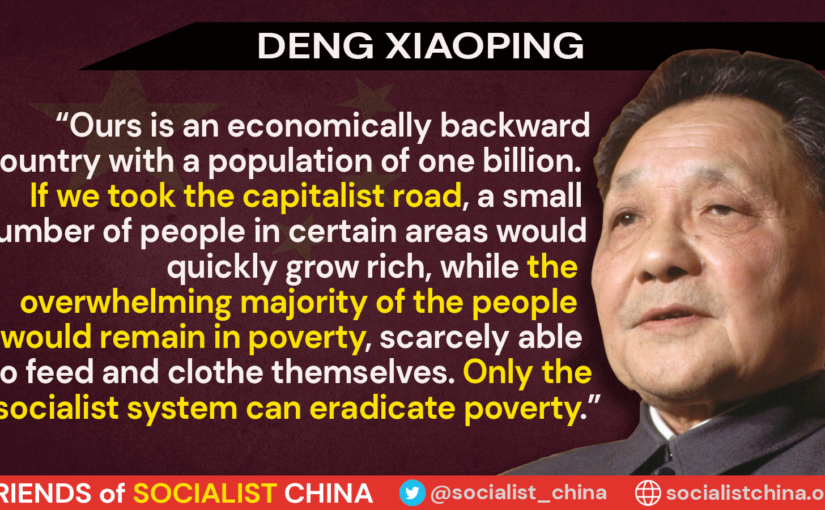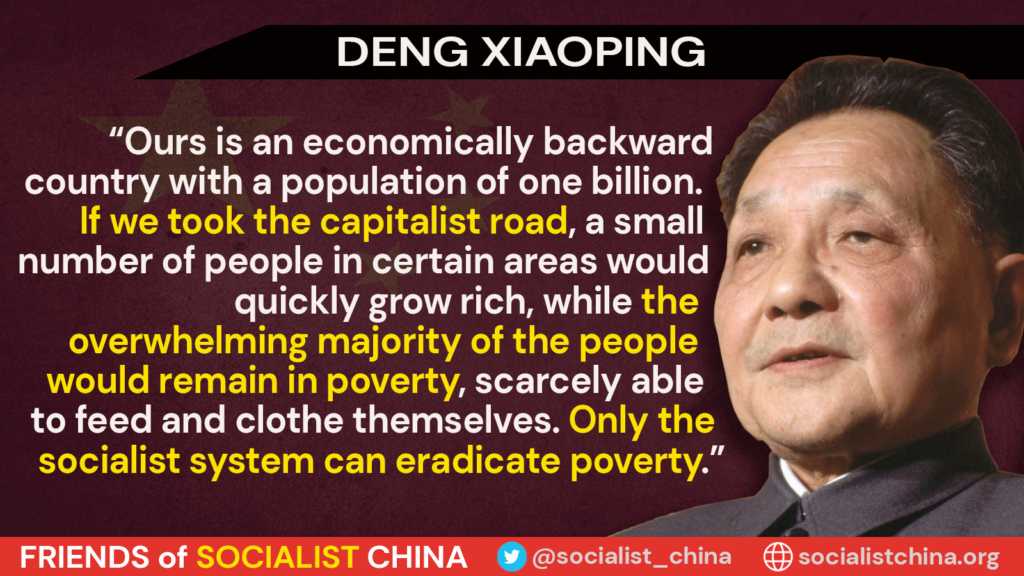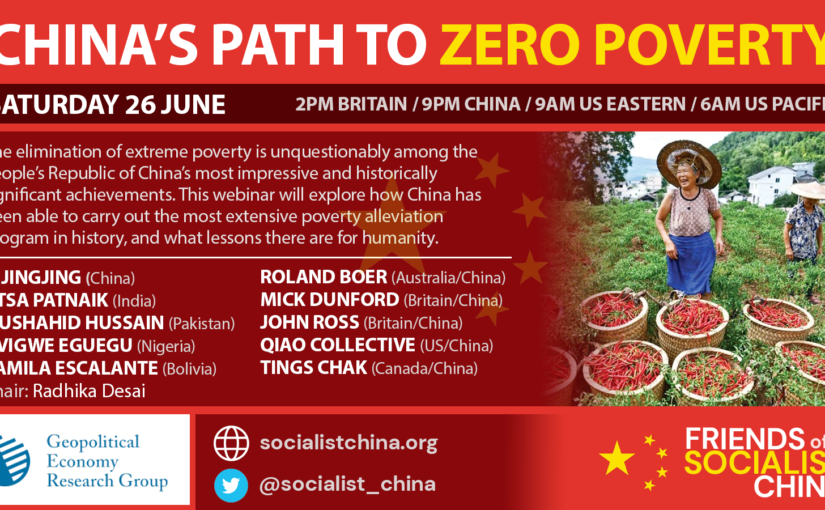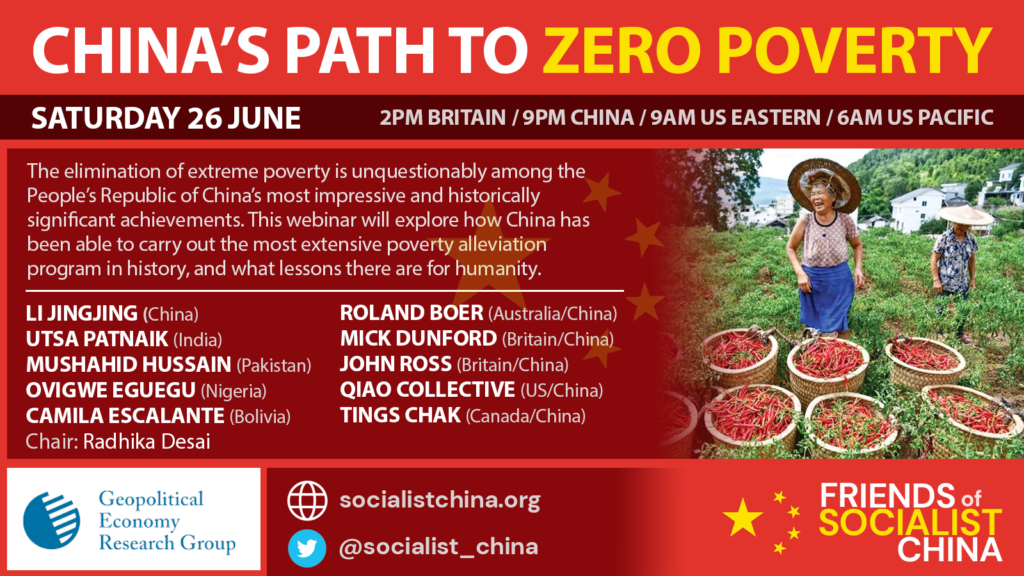We are pleased to reproduce this detailed and useful analysis by the US-based University of the Poor of China’s long war on poverty.
The article makes the important point that poverty alleviation did not start with the targeted program from 2013 onwards, but is in fact core to the whole Chinese revolutionary project, starting with the liberated territories in the 1930s and 40s, continuing with socialist construction in the 1950s and 60s, and expanding again with the Reform and Opening Up process from 1978.
The targeted program, initiated by Xi Jinping in 2013, “set and achieved the goal of lifting all 98.99 million out of poverty before the end of 2020.” This was achieved through the most incredible mobilisation: “approximately 10 million cadres participated for periods of one to three years, often living in very harsh conditions”. In addition to ensuring a minimum income, the program made sure that people had secure access to food, clothing, safe housing, clean water, electricity, and health and education services.
To guarantee this baseline living standard in a developing country of 1.4 billion people is an astonishing achievement, made possible to a large degree by China’s political system – in particular the leadership of the CPC – which “enables the state apparatus to be wielded for strategic organizing campaigns like the campaign to eradicate extreme poverty and also the current Common Prosperity campaign”. It’s a state apparatus “that can meet the needs of a huge diversity of people, with a particular focus on the poor”.
The article also includes an interesting section on housing, comparing the policies of the US and Chinese governments. “In 2008, the US government responded to the housing crisis largely by bailing out the large banks that had created the problem.” Meanwhile in China, “the government has intervened in the housing market to curb speculation, moderate growth, and avoid a housing crash”.
During his 2017 CPC National Congress address, Xi Jinping declared, “Housing is for living in, not for speculation.” This principle has been the guide for PRC policy which has since served to rein in speculation and investor profiteering in the housing sector, which is fundamentally for providing housing.
The authors make clear that the working class and progressive forces in the US should under no circumstances support the US ruling class’s escalating New Cold War on China. After all, this is the same US ruling class “whose violence and threat of violence is our fundamental obstacle in our pursuit of power for poor people”. Ultimately, “the scapegoating and propaganda on China from our ruling class is a clear divide and conquer strategy for keeping the global poor and dispossessed disorganized”.
Rather than participating in an attack on China, or swallowing anti-China propaganda, “our movement to end poverty in the US can draw inspiration and many lessons from this campaign in China.”
As we build the movement to end poverty in the United States, this example in China can help to illustrate what is concretely possible when state power is taken, held and wielded by the poor and dispossessed. This campaign that centered the revolutionary social force was both made possible and developed by party cadre 100 years after the founding of the CPC. The power of this example and the other policies focused on the poor of China also shed light on what is at stake for the ruling class in the US State’s “strategic competition” with China. We anticipate redbaiting and misinformation around China will escalate as our crises deepen in the US, so our cadre must understand anti-China propaganda as a “divide and conquer” tactic of our ruling class.
Introduction
The UPoor Think Tank’s China Task Force was established to study the Chinese revolutionary process to identify lessons for our struggle. Many things about the Chinese situation are extremely different from our context in the US, but we can draw lessons from their cadres’ use of strategy and tactics. China’s revolutionary process is at a very different stage from our own, and it started from a very different material situation than what we are experiencing in the United States. At the same time, the Chinese Communist Party (CPC) is in escalating conflict with the same US State, which is the primary state power wielded in service of the global capitalist class. This is also the same US State whose violence and threat of violence is our fundamental obstacle in our pursuit of power for poor people.
The Reform and Opening Period initiated by Deng Xiaoping in 1978 focused on using foreign direct investment to develop the forces of production in China. This helped to grow and develop the Chinese economy and raised 770 million rural residents out of extreme poverty. This also increased income and wealth inequality in China. When Xi Jinping, the current general secretary of the CPC and President of the People’s Republic of China (PRC) came into office in 2012, there were still 98.99 million people living in absolute poverty in China, out of a total population of about 1.4 billion. These were commonly in isolated and undeveloped rural areas and regions that faced the most extreme challenges. This population was the focus of the successful Extreme Poverty alleviation project, which set and achieved the goal of lifting all 98.99 million out of poverty before the end of 2020.
This article will focus on the recent work of the CPC to continue the revolutionary process in China, especially during Xi’s tenure since 2012. We see the Campaign to Eradicate Extreme Poverty as having multiple goals, including the strategic development of party cadre with the clarity, connectedness, commitment, and competence to continue their revolutionary process forward across generations and also to continually develop a state apparatus that can meet the needs of a huge diversity of people, with a particular focus on the poor. There are many lessons we can draw from this campaign in both of these areas, which we identify as areas for future study.
Example of the Chinese and US State’s relationship with the Poor
There is a notable and rare consensus of the Democratic and Republican parties of the United States that China is a threat. Both parties see it as a source, albeit in different forms, of diverting attention away or at times scapegoating domestic issues to ‘foreign enemies.’ In the U.S. our culture of pragmatism prevents us from seeing this integral relationship between domestic and foreign policy ‘issues,’ and is made to believe they are separate when in fact it is the very same U.S. state purporting and implementing these policies with overlapping goals. The scapegoating and propaganda on China from our ruling class is a clear divide and conquer strategy for keeping the global poor and dispossessed disorganized. The specific points of criticism made on China, especially on domestic issues impacting the poor, parallels points of weakness for our ruling class.
Continue reading China’s movement to end poverty